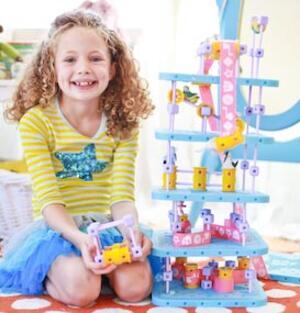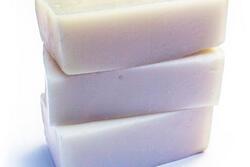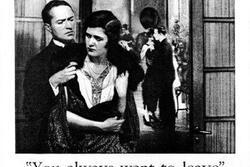Size Zero, Flawless Skin
Did you know that if you buy the new Chanel perfume, you’ll be as graceful as a naked woman draped with pink flowers? Did you see that billboard with the topless woman riding a horse? It took me a moment to realize that she was a model for Buffalo jeans. Also, I’m really tempted to buy Pantene shampoo, because then I’m sure I’ll have pencil-thin arms and flawless skin—since all the women in their slow-motion commercial do.
I can’t remember the last time I’ve seen a woman with a pimple on the cover of a magazine. I can’t remember the last time I’ve seen a woman with small breasts or a big stomach in an advertisement. The only time I’ve ever seen a woman in an ad with even slightly dry skin is in a “before” image. Not every person can have a “blemish-free” face (and don’t even get me started on using the term “blemish” to describe freckles and birthmarks), so magazines avoid the issue of the dreaded pimple by simply airbrushing it out. Now, don’t get me wrong—I love playing around with the tools on Photoshop, a program that allows you to digitally alter photos and images. It’s fun to turn my hair green, insert myself on a desert island, and make myself levitate three feet off the ground. But the problem occurs when we start believing that the images we see are real. The problem occurs when we forget that what we are staring at is not a real person—or perhaps no one has ever told us otherwise.
It starts when we’re young. There has been a recent attempt to inspire girls to play with building and engineering toys—and it’s specifically marketed toward females. Goldieblox is a pink and purple engineer set, designed to teach little girls how to use their minds and be creative. At first, this advertisment seemed to me like a breath of fresh air. The original Goldieblox video advertisement shows three young girls as they turn teddy bears, ballet shoes, and pink boas into parts of an epic Rube Goldberg machine. The lyrics in the background are a spin off of the Beastie Boys’ song “Girls,” with lyrics such as “all we really need is girls.”
Wait a second. “All we really need is girls?” Besides the grammatical error, there is something seriously wrong with this statement. The pink and purple building set in the girls’ aisle doesn’t actually do anything to bridge the gap between the male and female markets. In the article “GoldieBlox Ad Perpetuates the Fallacy of the Pink,” author Emily Rosenbaum discusses this new toy, and says “Sure, I can buy it for my sons if I like the toy, but the message of the commercial is that they’ll be playing with a girls’ toy.”
This is so frustrating. We are trying so hard to revert one misguided, stereotypical idea that we end up on the other and equally fallacious extreme. I completely agree with Rosenbaum in her statement that the ideal is a “commercial for an engineering toy that features girls and boys building together, without comment upon their gender. That would be truly revolutionary." These advertisements, Goldiblox, the things we see on television: are they prescriptive, telling us how we should act? Or are they descriptive—simply a reflection of the way that things are?
When a young girls sees a commercial for a building toy, she might believe that she is supposed to love pink and purple toys and that she’s also supposed to be an engineer. When she’s a teenager, she might be watching a shampoo commercial when she realizes that the size zero woman on the screen is just another example of what a typical woman is—and so does whatever it takes to become that “perfect woman. And when that teenager has grown into a woman and she sees a billboard for jeans, she likely views the half-naked model as someone to be looked up to, as an icon of perfection. The media that surrounds us may describe the average woman in society, but only because society is ingrained with distorted ideas of beauty—ideas that come from, you guessed it, the advertisements in the first place.
How do we break this cycle? I’d like to see a change, and there are two places we can start. We can begin with the media, and eliminate the size-zero-flawless-skin models that permeate our society. Or, we can focus on society itself, and imbue our children with values of self-respect and acceptance. Regardless of where we begin the battle, we need to attack from both angles in order to make a difference.
This piece was written as part of JWA’s Rising Voices Fellowship.







